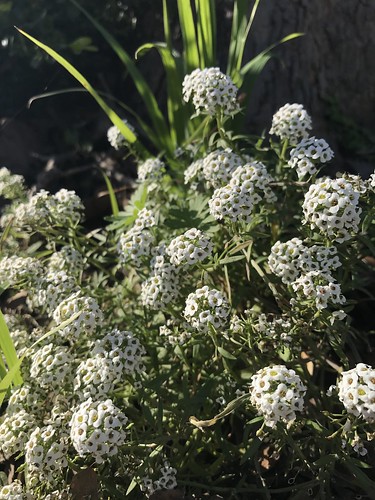Dedication of clonogenic survival and sub-G1 DNA material in SPR+ vs SPR- strains put up-UVC. A) Clonogenic survival in response to different doses of UVC was calculated as the amount of surviving colonies (that contains at least 50 cells) for irradiated cells relative to mock-irradiated counterparts. Values represent the mean +/2 SEM of 4 unbiased experiments. B) Share of subG1 cells at distinct moments  soon after exposure to 10 J/m2 of UVC in melanoma cell lines. Consultant mobile cycle profiles are demonstrated for the SPR-deficient strain WM983B at h and 72 h (top). Values signify the mean +/2 SEM of 3 impartial experiments.
soon after exposure to 10 J/m2 of UVC in melanoma cell lines. Consultant mobile cycle profiles are demonstrated for the SPR-deficient strain WM983B at h and 72 h (top). Values signify the mean +/2 SEM of 3 impartial experiments.
Fold cH2AX inductions for 1BR and F02-98 had been 4.660.five and 2.060.two, respectively. Of notice, the 3 SPR-proficient melanoma strains exhibited drastically higher fold-inductions (selection 4.060.three.060.7) relative to 9 SPR-deficient counterparts (range 2.260.1.460.three) (p,.002, pupil t examination). Typical melanocytes exhibited cH2AX induction amounts equivalent to those of SPRproficient melanoma strains (Apoptozole citations variety four.260.two.a hundred and sixty.5).
Correlation between faulty SPR and lowered H2AX phosphorylation in melanoma cell strains. A) Agent bivariate dot plots illustrating relative cH2AX induction as a purpose of mobile cycle at 1 h submit-UV in ATR-proficient 1BR vs. the ATR-hypomorphic counterpart F02-ninety eight. Cells had been gated in each and every phase of the cell cycle as proven for 1BR (no UV). B) Graphical illustration of cH2AX induction as a function of cell cycle for 1BR and F02-98 at one h submit UV. p,.001 two-tailed unpaired t-check evaluating mean cH2AX induction in S-phase for 1BR vs F02-ninety eight. C) Graphical representation of cH2AX induction throughout S section in 1BR vs F02-98 (exact same as panel B), in comparison with three regular melanocyte traces (MC), 3 SPR+ melanoma strains and 9 SPR- melanoma strains. Values for melanocytes and melanoma strains are illustrated as a box plot. p,.002 twotailed unpaired t-examination evaluating indicate cH2AX induction for SPR+ vs SPR- strains. D)
The previously mentioned knowledge collectively with our preceding outcomes in principal human lung fibroblasts cited earlier propose that modest but substantial reductions in histone H2AX phosphorylation for the duration of S stage, potentially indicating downregulation of ATR signaling, could underlie the S section-distinct NER defect noticed here in a vast majority of human melanoma mobile strains. We when compared ATR protein levels in the SPR-proficient vs -deficient melanoma strains by Western blotting (Fig. 5D). No apparent variations ended up observed, other than in the scenario of SPR-deficient WM3248 18339870which appeared to exhibit markedly decreased ATR levels. In addition as would be predicted (see Dialogue), this pressure also exhibited really reduced expression of ATR Interacting Protein (ATRIP).
ATR is a member of the PI3 kinase-associated kinase loved ones which also involves ATM and DNA-PK. As cited over, it has been proven that ATR swiftly phosphorylates H2AX predominantly in the course of S period subsequent UV-induced replication pressure. On the other hand ATM and DNA-PK are recognized to induce cH2AX in a similarly rapid way, but throughout all mobile cycle phases in reaction to DNA double-strand breaks produced soon after publicity to clastogens this sort of as ionizing radiation (IR) [29,thirty]. Regardless of these distinctions, it was essential to appraise any potential contribution of ATM or DNA-PK to S stage-distinct NER.
